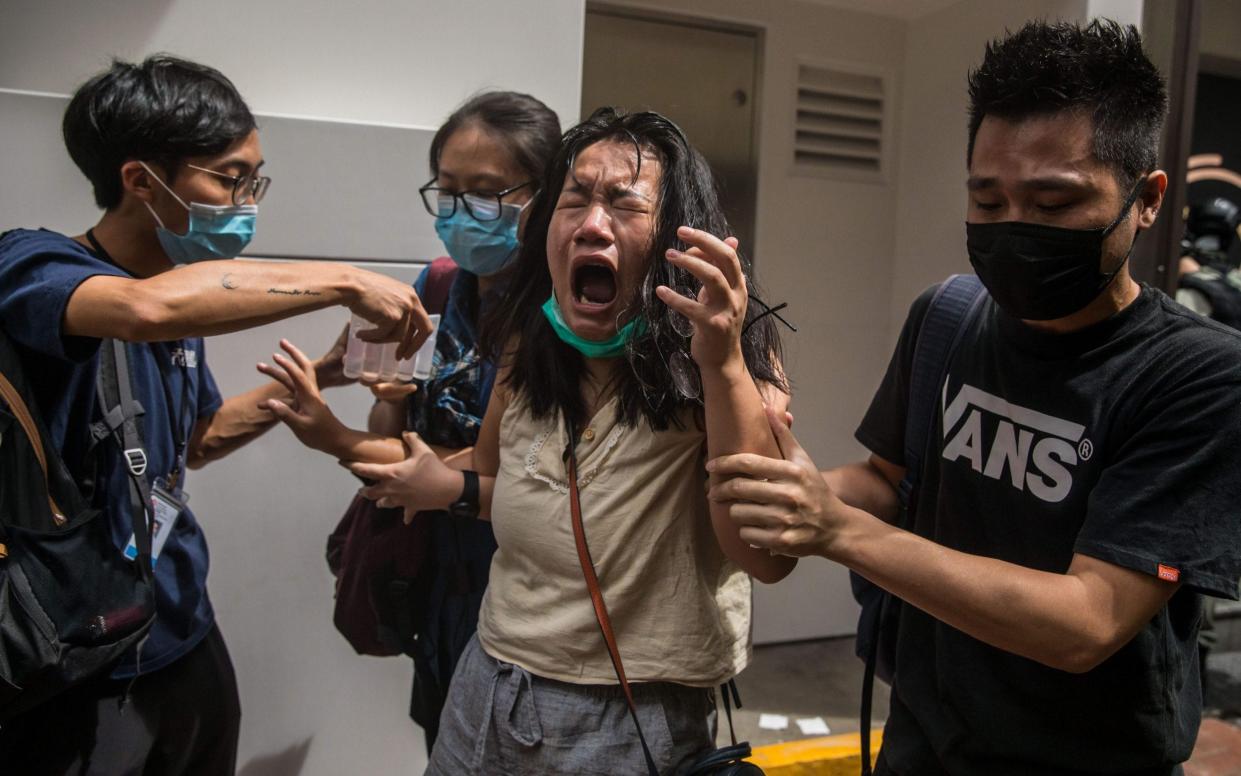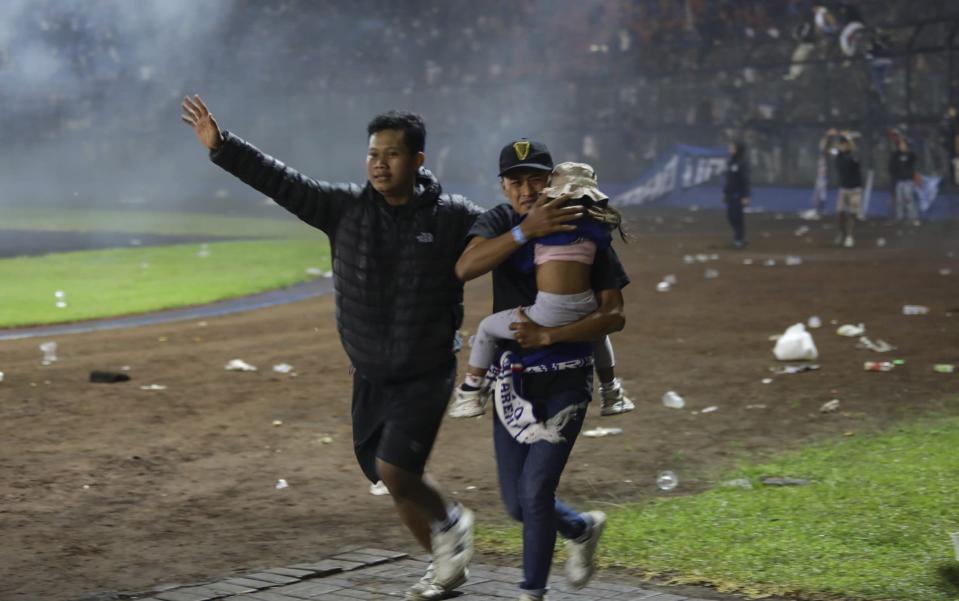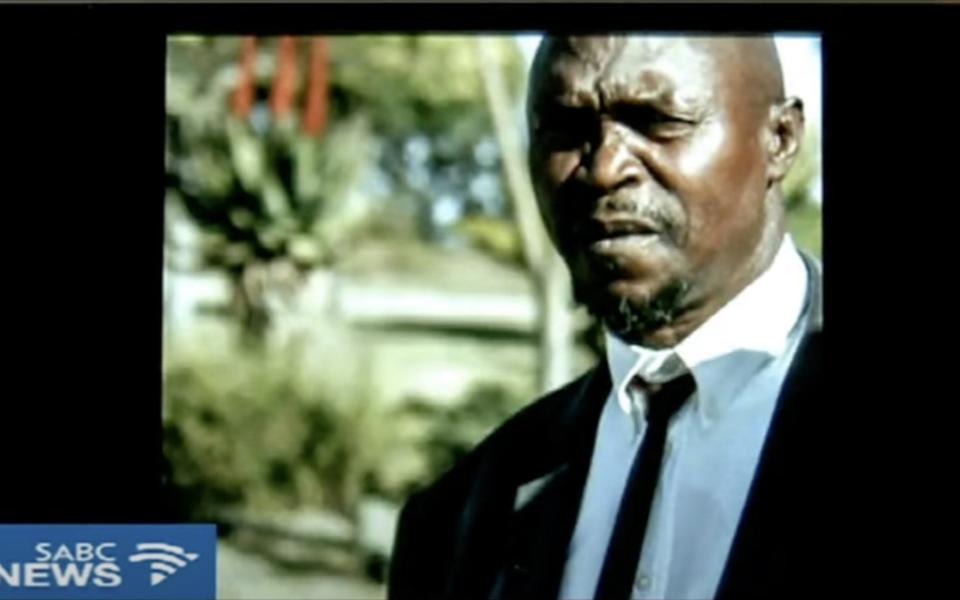Blindness, brain damage and burns: Violent crackdowns on protests leaves 120,000 seriously injured

More than 120,000 people have been seriously injured by tear gas and rubber bullets at protests around the world since 2015, according to a major investigation published today.
Violent crackdowns by governments and security forces have become “increasingly common” in recent years and indicates an “alarming trend” in policing, the report by the Physicians for Human Rights and the International Network of Civil Liberties warns.
“The rising popularity of crowd-control weapons by state actors highlights alarming trends in policing across the world: growing authoritarianism, the militarisation of law enforcement, unregulated and precipitous use of weapons against peaceful, unarmed people,” it says.
“The result is thousands of people worldwide who have been seriously injured or killed by these weapons, and the chilling effect of this violence on millions more.”
In March 2023 alone, these weapons have reportedly been used against protestors in Bangladesh, Ethiopia, France, Greece, Israel, Italy, Pakistan, Peru, South Africa, Sri Lanka, Türkiye, and the United States.

“Since 2016 we’ve seen a broad expansion of crowd control weapons. They are used everywhere now – rich countries, poor countries. This isn’t restricted to one kind of government or one economy,” Dr Rohini Haar, the report’s lead author, told The Telegraph.
Over the last eight years, these “less lethal” weapons – such as tear gas and rubber bullets – have been found to cause permanent blindness, brain damage, internal bleeding, burns, and damaged hearing. The report also warns that they can escalate violence and conflict, rather than dispersing crowds.
Water cannons laced with chemical irritants are described as a “growing problem” in the report, by complicating medical treatment. Meanwhile, the researchers say that tasers and electric shields have transitioned from weapons used primarily in arrest to those used in protest contexts.
“Manufacturers are continuing to develop more potent, more dangerous weapons. The complete lack of regulation makes it a market economy. Manufacturers want to sell more – they make them newer, fancier. They are meant to be ‘safe’ weapons, they shouldn’t be making them more potent,” said Dr Haar.
The British Empire was the first to deploy rubber bullets for crowd control. In the 1880s, British soldiers shot sawed-off pieces of wooden broom handles at rioters in Singapore. By the 1960s, slightly more advanced wooden bullets were developed in the United Kingdom and used against protesters in Hong Kong, Malaysia, and Singapore.
Over the past 40 years, the production of rubber bullets has spread from a few manufacturers in the US and the UK to dozens of producers across the world.
In 2019, the global crowd control weapons’ market was estimated at $867.4 million.
CS gas, which was deployed by the US military in Vietnam to force people out into the open, is also now widely used by law enforcement as the weapon of choice for protest management.
The report details a number of incidents where protestors have suffered life-changing injuries or been killed.

On October 1 2022, the deadliest football tragedy of the 21st century unfolded at Kanjuruhan Stadium in Malang, Indonesia, after police shot tear gas in a packed stadium. As a result, 135 fans were crushed in the ensuing chaos, among which 40 children and over 500 supporters were injured.
There have also been many smaller but equally tragic incidents.
Thembekile Fana, aged 61, died during a protest after being shot by rubber bullets fired from a police shotgun in South Africa in 2018. A witness said Fana had been running for cover and raised his arms in surrender. His son said he saw 16 shell casings lying around his father’s body.
“Experience shows that [crowd control] weapons are more usually employed in a deliberately aggressive police posture to intimidate – and disincline – peaceful protesters, and as a form of collective punishment,” said Dr Darren Mann, a consultant surgeon with experience in war and conflict zones.
“These biologically harmful gases are often used wantonly and impermissibly in enclosed spaces – underground railway stations, schools, hospitals – with exaggerated toxic-dose effects,” he told The Telegraph.

Dr Mann added that emergency health workers and medical facilities are often directly targeted with these weapons to deliberately impede healthcare for injured protesters. He called for accountability for law-enforcement officers who discharge these weapons.
Dr Haar added that the “unnecessary, excessive, and disproportionate use of force” has had a “chilling effect on the right of free speech, assembly or protest”.
“If people think the weapons are going to be used and know they’re indiscriminate, and could hit them even if they’re not doing anything illegal, people are more reluctant to go out and be on the streets,” she said.
The report, produced by Physicians for Human Rights and the International Network of Civil Liberties, was conducted only using medical reports and literature, meaning the number of injuries is thought to be much higher.
“This is just a tiny piece of what’s going on in the real world, the majority of our studies are in the US or Western countries, but these [weapons] are used everywhere now,” said Dr Haar.“Weapons are not the answer to managing crowds – they should be a last order.”
Protect yourself and your family by learning more about Global Health Security

